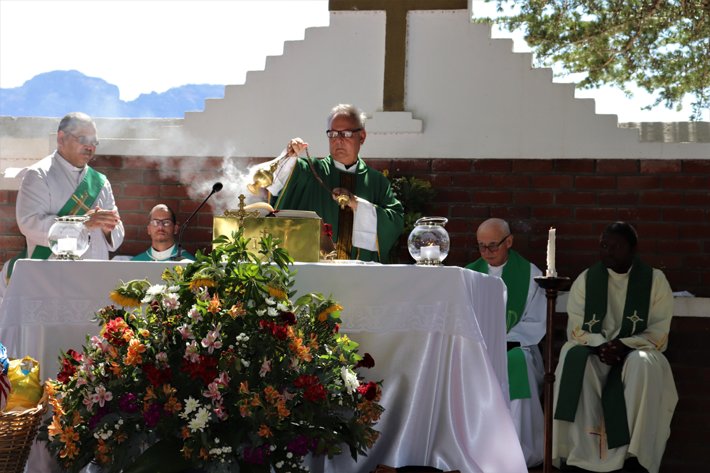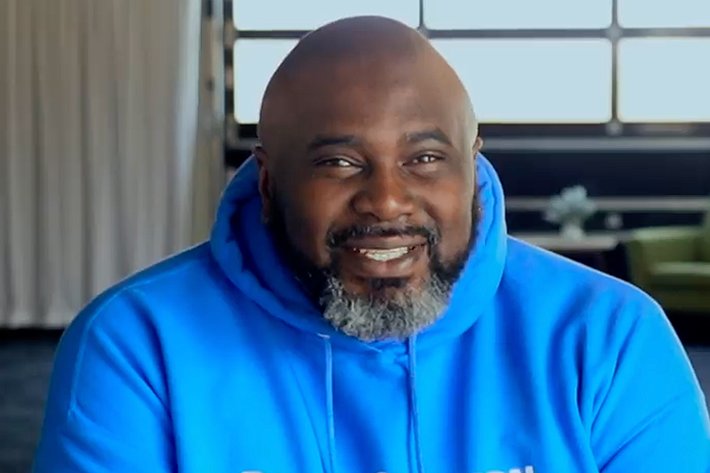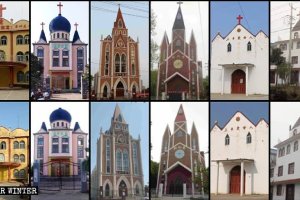
The results of the latest Pew survey on religious groups was not surprising. The question, “Which is the biggest problem facing America today regarding race: people overlooking racism when it exists or seeing it in places where it is none?” brought the predictable answer. White Christians by robust majorities (72% Evangelicals, 60% Catholics, 54% Mainline Protestants) said seeing racism where racism is nonexistent is the biggest problem; whereas everyone else (88% Black Protestants, 69% non-Christian religious Americans, 64% unaffiliated and 60% Hispanic Catholics) said the biggest sore spot is the blind eye turned to racism where it exists.
Also not surprisingly, the overall divide is just over half—53% say that not seeing racism is the biggest problem, whereas just under half—45% say the reverse: “Racism? What racism?”
Is a perpetual unresolving rift on and about racism inevitable? Is reconciliation just an impossible dream?
Not according to Derwin Gray, pastor of Transformation Church outside of Charlotte, North Carolina, and author of “How To Heal Our Racial Divide.”
Gray believes that although race and religion have become increasingly connected at the hip, it’s still possible to unglue the connection and see people as human beings, not as racial stereotypes. He points to the growing number of multiracial congregations—about 1 in 4 at latest count—as evidence that there’s hope.
“Race and prejudice are a matter of idolatry in the American church,” Gray says. “As a pastor, I have to gospel that out of people.”
But Gray believes that being multiethnic means more than just people from different backgrounds worshipping together. It also means multiethnic leadership and engaging in real communication across boundaries that are, in the end, manmade—such as color and politics.
Gray said the people who come to Transformation Church, a multiethnic congregation of about 10,000, applaud the idea of racial reconciliation and are willing to confront and deal with America’s racial history, warts and all. It’s all in keeping with the church’s vision, “to be a multiethnic, multigenerational mission-shaped community that loves God completely (Upward), ourselves correctly (Inward), and our neighbors compassionately (Outward).”
“If we are truly allowing Jesus to shape us, and we’re truly growing in grace, we’re going to desire the best for our brothers and sisters,” Gray said. “We’re not going to deny the impact of the past. We’re not going to live in the past. We’re going to join hands together to move forward to a better future.
_______________
From its beginnings, the Church of Scientology has recognized that freedom of religion is a fundamental human right. In a world where conflicts are often traceable to intolerance of others’ religious beliefs and practices, the Church has, for more than 50 years, made the preservation of religious liberty an overriding concern.
The Church publishes this blog to help create a better understanding of the freedom of religion and belief and provide news on religious freedom and issues affecting this freedom around the world.
The Founder of the Scientology religion is L. Ron Hubbard and Mr. David Miscavige is the religion’s ecclesiastical leader.
For more information, visit the Scientology website or Scientology Network.


